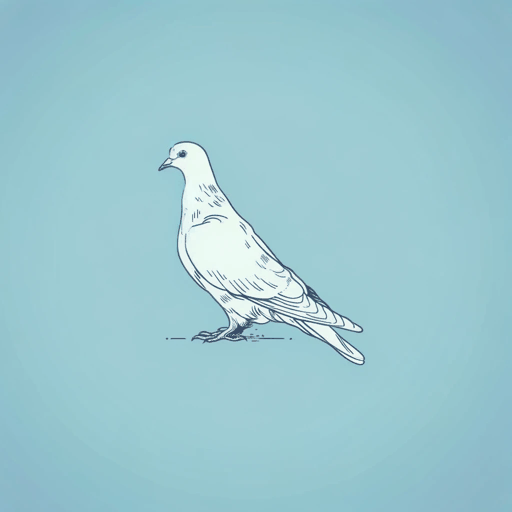33 pages • 1 hour read
Jerry SpinelliWringer
Fiction | Novel | YA | Published in 1996A modern alternative to SparkNotes and CliffsNotes, SuperSummary offers high-quality Study Guides with detailed chapter summaries and analysis of major themes, characters, and more.
Important Quotes
“He did not want to be a wringer. This was one of the first things he had learned about himself. He could not have said exactly when he learned it, but it was very early. And more than early, it was deep inside.”
(Chapter 1, Page 3)
These opening lines of the novel reveal the main character’s central conflict. In young Palmer LaRue’s small hometown, ten-year-old boys are expected to become wringers—people who wring the necks of injured pigeons during the annual Family Fest pigeon shootout. Ever since Palmer first witnessed a pigeon’s neck being wrung during the festival, he’s known that he doesn’t want to become a wringer. But he feels immense pressure to become one. This dichotomy between his internal feelings and the external social pressure causes him to feel constant anxiety as he approaches his tenth birthday.
“For the moment he wondered if he would be getting The Treatment, but he pushed that thought aside. He was getting greedy. He had already been blessed enough for one day.”
(Chapter 2, Page 9)
On Palmer’s ninth birthday, he is elated when Beans--the lead bully and most respected kid on the street--attends his birthday party. Palmer has spent much of his young life feeling outcast from his peers, and Beans’s attention is a sign that Palmer is finally socially accepted. The idea of getting The Treatment—a series of punches on the arm from an older boy in town—enhances Palmer’s feeling of social acceptance. Beans and The Treatment are both sources of pain in Palmer’s life, but in the beginning of the novel he’s willing to sacrifice his comfort to feel accepted.
Related Titles
By Jerry Spinelli
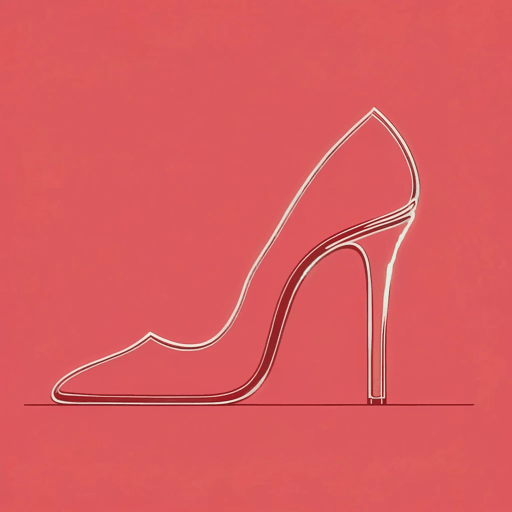
Crash
Jerry Spinelli
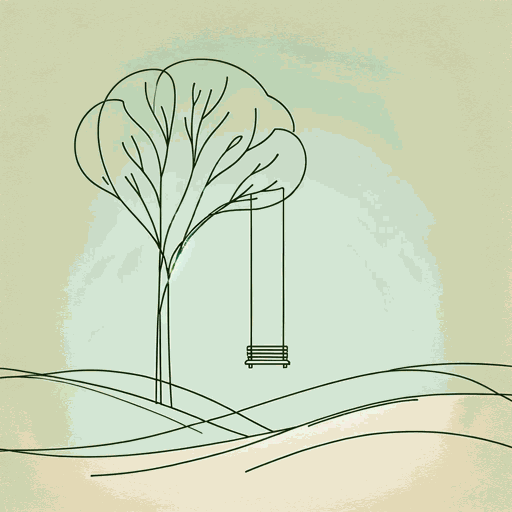
Fourth Grade Rats
Jerry Spinelli

Jake and Lily
Jerry Spinelli
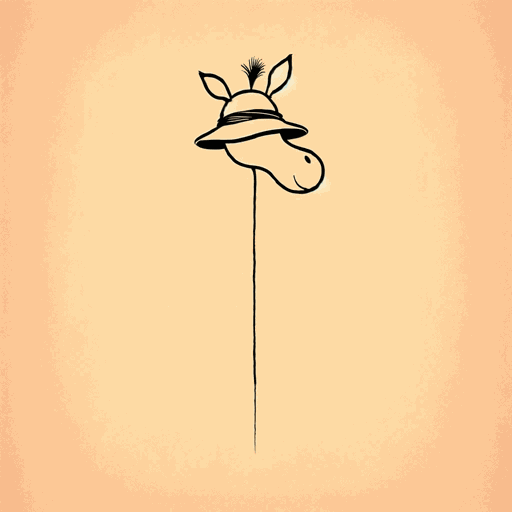
Loser
Jerry Spinelli
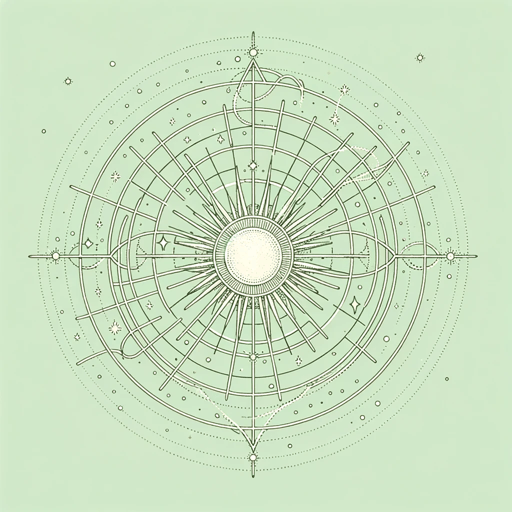
Love, Stargirl
Jerry Spinelli
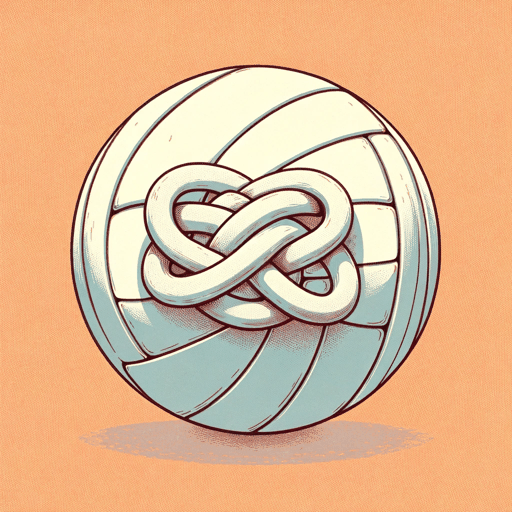
Maniac Magee
Jerry Spinelli
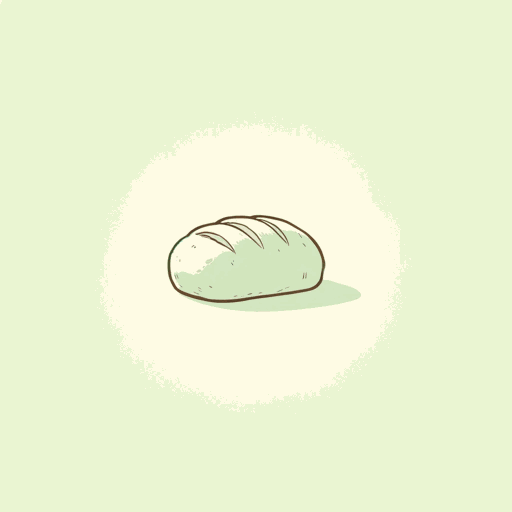
Milkweed
Jerry Spinelli
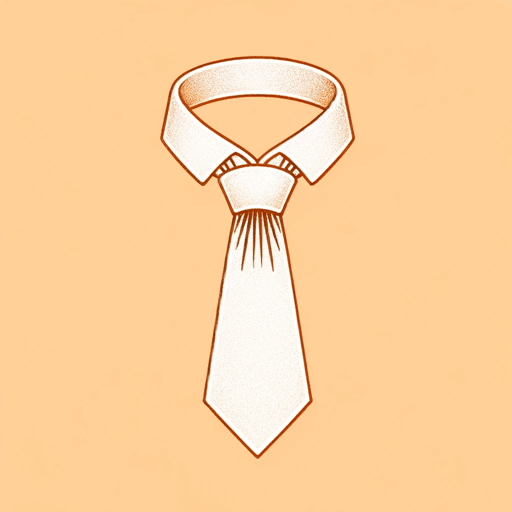
Stargirl
Jerry Spinelli

There's a Girl in my Hammerlock
Jerry Spinelli
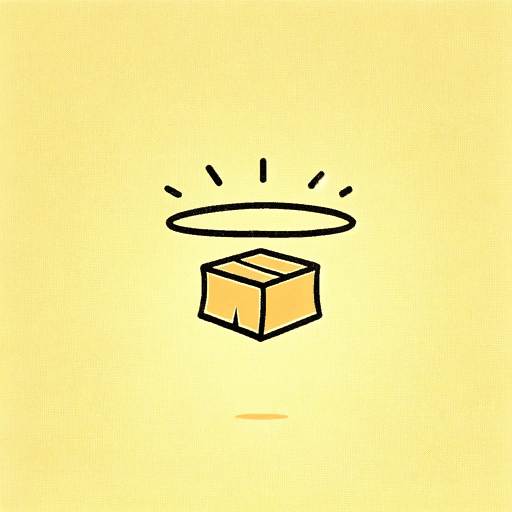
Third Grade Angels
Jerry Spinelli
